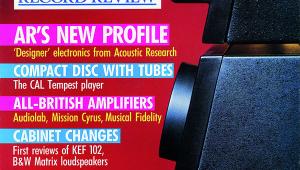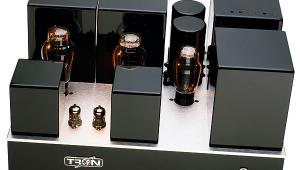Two Konnektikut Yankees
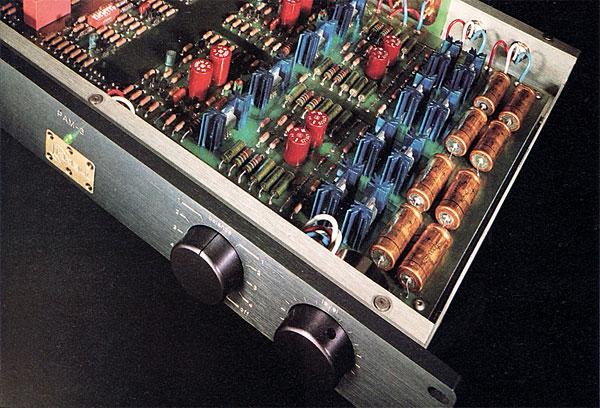
 John Atkinson lives with Krell pre- and power amplification
John Atkinson lives with Krell pre- and power amplification
Streetwise. Now there's a word. I suppose you could say that in a hi-fi context it means being aware of the unwritten myths, such as 'image depth is due to microphony in valve amplifiers' or 'Class A amplifiers sound better than ones operating in Class B' or 'the only truly great preamplifiers use valves'.
Such myths don't necessarily have to reflect reality to be credible, but I became sufficiently convinced of the truth in the last two that I spent a lot of money putting together a system based on a Class A transistor amp – a Krell KSA-50 – and a valve preamp – an Audio Research SP-10.
State Of Flux
The result was literally music to my ears, so I looked forward to living happily ever after. Then one day Absolute Sounds' Ricardo Franassovici rang me: did I want to listen to the Krell PAM-3 preamplifier? I explained that it was solid-state. He countered by suggesting I also try the latest version of the Krell KSA-100 power amp. Checkmate! I had to agree.
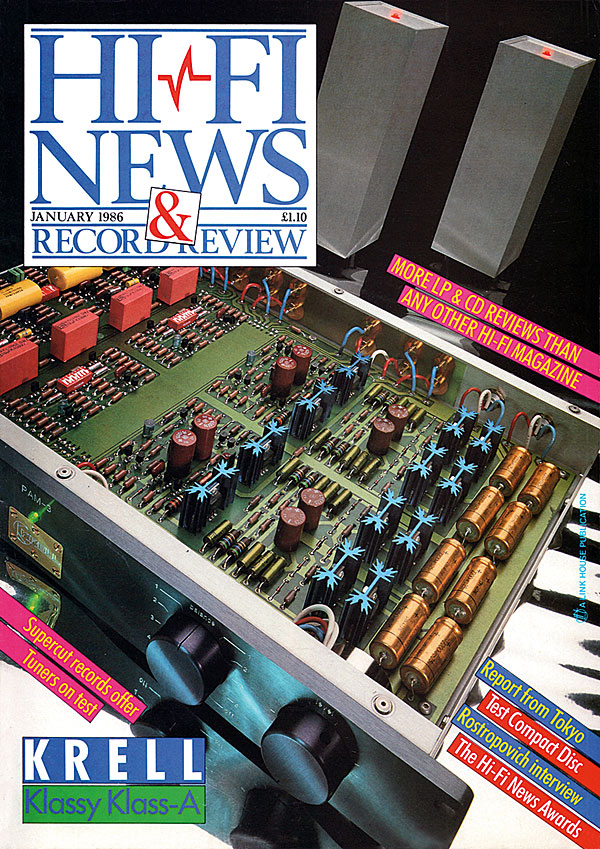
The PAM-3 is a low 19in-wide preamp, with its thick front panel blue-anodised to match the rest of the Krell range. Each channel has its own remote power supply, these being rather plain rectangular aluminium boxes with a red LED on the front. Each of these houses a 30VA toroidal transformer from Avel Lindberg and delivers unregulated but well-smoothed (4x4700µV caps) ±28V voltage rails via a lead fitted with a three-pin Lemo connector. Each channel then has the supply for each gain stage individually regulated to ±16V within the preamp proper, with hefty decoupling (8x2200µV caps) and dual-mono layout on the military-spec double-sided board.
Circuitry is fully complementary, using discrete transistors, and the output runs in Class A, the transistors being mounted on the same individual blue-coloured heatsinks that support the regulator transistors. Construction is to a breathtakingly high standard with metal film resistors and polystyrene and polypropylene dielectric capacitors used throughout.
Hit The Switch
Meanwhile, all the signal sockets are Goldilocks (Tiffany) gold-plated phonos, and the volume control is a rotary Penny & Giles conductive plastic stereo fader, the channel matching on this being to within 0.06dB over nearly all its range, and still just 1.29dB adrift 60dB down.
The only front panel controls apart from volume are a switched attenuator for balance (the far left and right positions turning off the other channel), and separate selectors for listen and record. (Two tape recorders are catered for.)
The disc input is used for both MM and MC cartridges, internal DIL switches being used to change gain and also to vary the MC loading from 47kohm down to 5ohm in nine steps. Internal switches also provide full double mono operation as well as stereo with reduced width. Tuner and tape inputs go straight to the high-level section of the circuitry, but the CD input also provides adjustable high-frequency group delay equalisation. Again this is set with internal DIL switches.
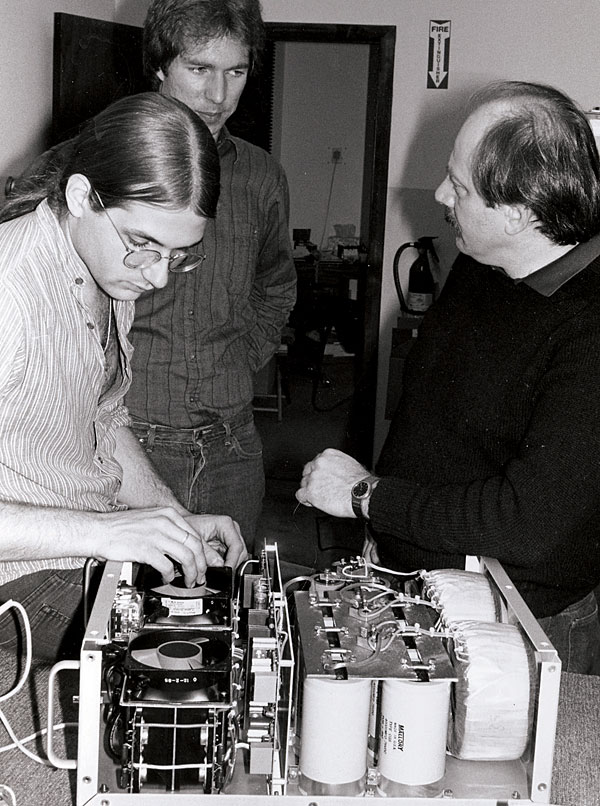
The KSA-100 is a twice-the-power version of the company's KSA-50 in the same case as the mono KMA-200. Internal layout is similar, apart from the use of two heatsink/fan assemblies rather than one.
Separate Avel Lindberg toroidal transformers are used for each channel, each feeding a high power bridge and 2x40,000µF reservoir with a plated brass bus bar across the top of the pair of the capacitors forming the ground reference point.
The output stage has sufficient standing current to run in Class A up to 100W output into 8ohm. However, into lower loads, the first 100W will be in Class A but then the upper or lower pairs of bipolar output transistors will cut off, giving super-enriched Class A/B operation. Input sockets are gold-plated Tiffany while the loudspeaker outputs are gold-plated five-way binding posts.
The circuitry, meanwhile, has been revised since the first Krell generation. Although still fully complementary, FETs are now used in the front-end and the fuses in the outputs have been replaced with high current, hard silver-plated relays. These turn on after a short delay and provide DC and RF protection.
![]() Over The Top
Over The Top
I first used the KSA-100 with a SP-10/LP12/Ittok/Asak or Koetsu Red front-end, later substituting the PAM-3 for the SP-10. Speakers were in the main Apogee Scintillas in 1ohm mode, with considerable listening also done with Celestion SL600s. The PAM-3 and KSA-100 preamps were also used to drive Magneplanar MGIII loudspeakers in our Penta Show listening tests.








